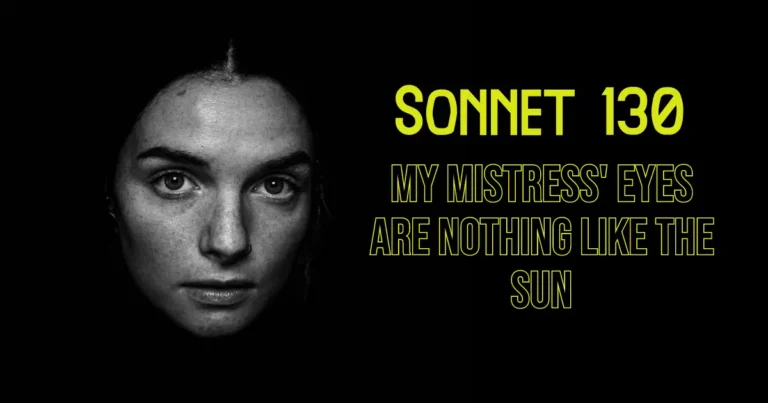Shakespeare’s Sonnet 130: A Rejection of Beauty Norms
Have you ever heard or read some beautiful yet problematic songs like “ye chaand sa roshan chehra, zulfon ka rang sunehra” (This moon-like radiant face, with hair the color of gold) and poems like “O my Luve is like a red, red rose”? It might sound romantic but they are a little far-fetched. Can you…

![The Power of Written Word: Sonnet 18 [Shall I compare thee to a summer’s day?] 2 Foreground sunflower with a background of a sunflower field, symbolizing the summer in William Shakespeare's "Sonnet 18".](https://literaryyog.com/wp-content/uploads/2023/03/sonnet-18-shall-i-compare-thee-to-a-summers-day-william-shakespeare-768x403.webp)


